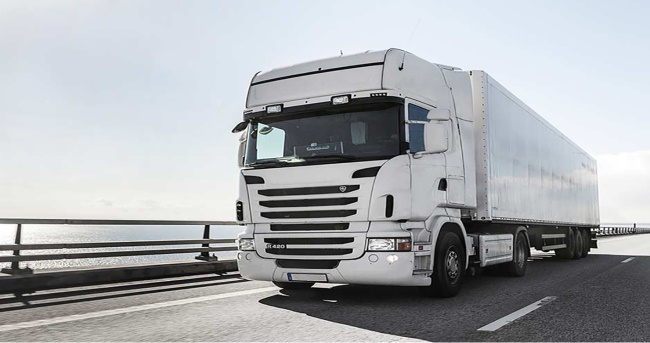When food needs to be kept cool and needs to be transported you’re going to want the best- refrigerated transport service. You’ll also want to be aware of best practices for moving this type of product.
Failing to maintain the right environment will shorten the lifespan of the products and may even make them go bad, potentially costing you a lot of money in lost earnings.
Before shipping anything refrigerated you should ensure you’re following these guidelines:
Inspect First
Before anything is loaded onto refrigerated transport you should inspect the vehicle. You’ll need to clear any tripcodes to ensure anything recorded applies to the next trip being undertaken.
You should also verify that the temperature readouts in the transport are working properly. It’s also important to visually inspect the vehicle to ensure it isn’t compromised.
The vehicle should be cooled before anything is loaded. If it isn’t you’ll find the temperature inside and of your products can rise considerably during loading.
Turn Off Before Opening
Once the correct temperature has been reached inside the trailer you can get to your collection point. Before the doors are opened, it’s good practice to shut off the cooling system. If you don’t, it will suck in warm air from outside, increasing the temperature in the trailer.
This effect is substantially reduced if the cooling system is not turned on.
Loading
It’s essential that you know where the vents are to ensure a good flow of air while in transport. Without good airflow, only some of the products will remain cool.
Being aware of where the vents are and keeping them clear will help you to maintain a steady temperature.
Packaging
It’s important that all produce is packaged properly. Many items can be damaged if they come into direct contact with icy air or even frost inside the trailer. You need to ensure they are protected when packed, helping to maintain temperature without damaging them.
Some firms will even attach a tracking monitor. This checks the temperature throughout the trip and creates a visual sign on the package if the temperature has moved outside of a pre-defined range.
Cleaning
It should go without saying that the inside of any trailer is clean. Bacteria don’t tend to flourish in a refrigerated truck but, it also won’t be killed. That means it can get on your products and start to multiply in the future when the temperature does warm up.
Staff Training
There is little use in knowing all the right rules and regulations if your staff aren’t aware of them. It’s virtually impossible to handle every element of production and transport yourself. You shouldn’t need to.
By training all your staff they will all be aware of what needs to be done. This increases the likelihood of the rules being followed and helps to establish liability. If something does go wrong you’ll know who to speak to first.
Being alert to what the rules are and what others are doing will increase the chances of your refrigerated products being in as good condition at delivery as they were when they left.











